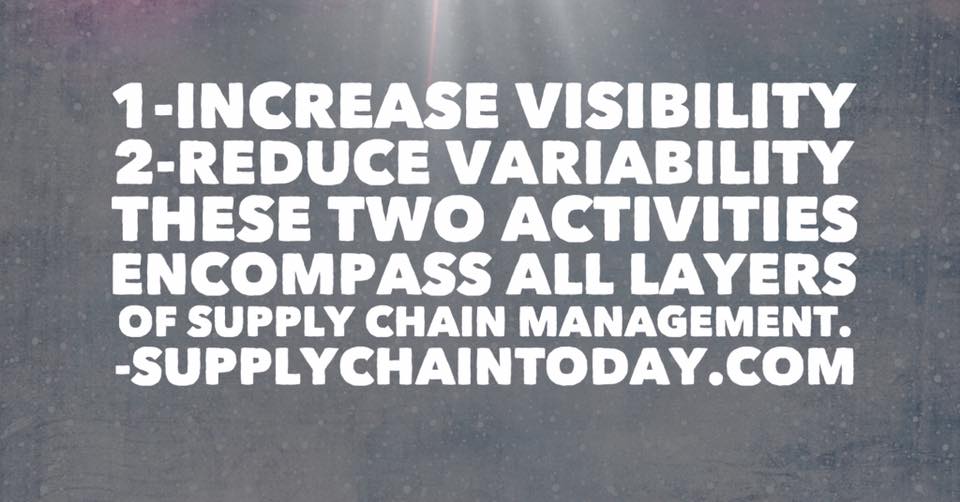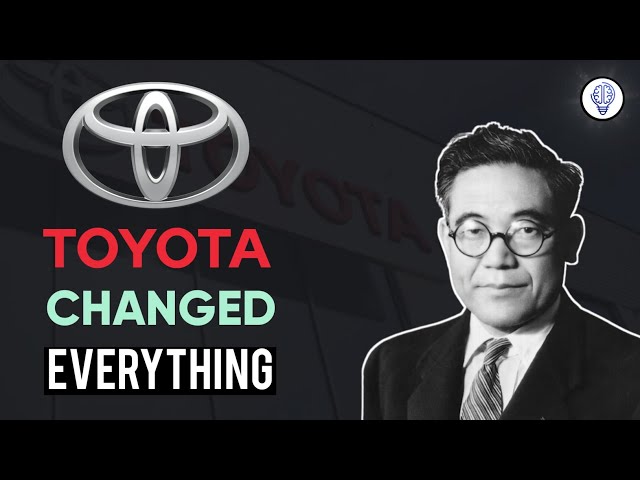Achieving Supply Chain Transparency
This is a good video on supply chain transparency by Karen Zheng, a Sloan School Career Development Professor and associate professor of operations at the MIT Sloan School of Management. This video talks about why supply chain transparency is needed and the challenges as well.
Supply chain transparency refers to the ability to see and understand all the processes, actors, and activities involved in the production, distribution, and delivery of goods and services. Achieving transparency in the supply chain can help to improve efficiency, reduce costs, increase customer satisfaction, and enhance the overall sustainability of the supply chain.
There are several ways to achieve supply chain transparency, including:
- Implementing traceability systems: These systems can be used to track the movement and location of goods and materials throughout the supply chain, from raw materials to end customers. This can help to ensure that products are being produced and delivered according to standards and regulations, and can also help to identify and address potential issues or bottlenecks in the supply chain.
- Collecting and sharing data: Data can be collected from various sources throughout the supply chain, such as sensors, RFID tags, and other IoT devices, to provide insights into the movement and condition of goods, as well as the performance and efficiency of the supply chain. Sharing this data with all parties involved in the supply chain can help to improve communication and coordination, and allow for more informed decision-making.
- Establishing partnerships and collaboration: Building strong relationships and partnerships with suppliers, logistics providers, and other key stakeholders can help to create a more transparent and integrated supply chain. Collaboration can help to identify and address potential issues, and can also foster trust and mutual understanding among all parties involved.
- Adopting industry standards and practices: Adopting industry standards and best practices can help to ensure that all parties in the supply chain are following consistent and transparent procedures, and can also help to build confidence in the supply chain among customers and other stakeholders.
- Communicating with stakeholders: Regular communication with stakeholders, including customers, suppliers, and employees, can help to ensure that all parties have a clear understanding of the supply chain and can help to build trust and transparency.
Transparency Quotes
- “1. Increase Visibility 2. Reduce variability. These two activities encompass all layers of supply chain management.” ~SupplyChainToday.com.
- “I think frugality drives innovation, just like other constraints do. One of the only ways to get out of a tight box is to invent your way out.” ~ Jeff Bezos, Amazon CEO.
- “And that’s what everyone at Apple is focused on – pushing forward and creating the future.” ~Tim Cook, Apple CEO.
- “I think the currency of leadership is transparency. You’ve got to be truthful. I don’t think you should be vulnerable every day, but there are moments where you’ve got to share your soul and conscience with people and show them who you are, and not be afraid of it.” ~Howard Schultz
- “There can be no faith in government if our highest offices are excused from scrutiny – they should be setting the example of transparency.” ~Edward Snowden
- “We talk about this concept of openness and transparency as the high-level ideal that we’re moving towards at Facebook. The way that we get there is by empowering people to share and connect. The combination of those two things leads the world to become more open.” ~Mark Zuckerberg
- “I actually think it’s better I started by being close to customers. That foundation early on helped me later when I went into logistics and other kinds of management.” ~Mike Duke, former Walmart CEO.
Supply Chain Resources and Training
- Analytics and Big Data Quotes
- Blockchain for Supply Chain Transparency.
- Building a Blockchain Circular Supply Chain.
- Industry 4.0 – Explained Simply.
- SCM and Strategy Key Concepts
- Supply Chain Postponement Strategy.
Why Fast Food Has Gotten So Expensive? Out of Control Inflation?
How Toyota used its Supply Chain Model to beat FORD & GM.
Journey of Coffee – Blockchain Supply Chain Process
Can Robots Fix Inflation, Supply Chain and Labor Issues?
Amazon Robotic Revolution.
Every Stop a Shipping Container Makes from China to Chicago

Facebook Comments





